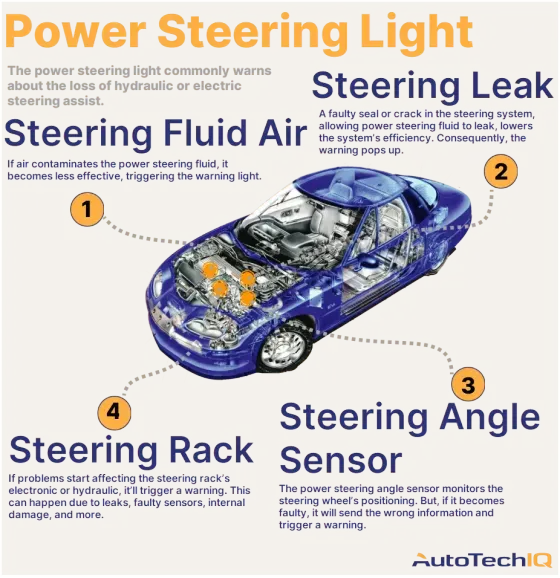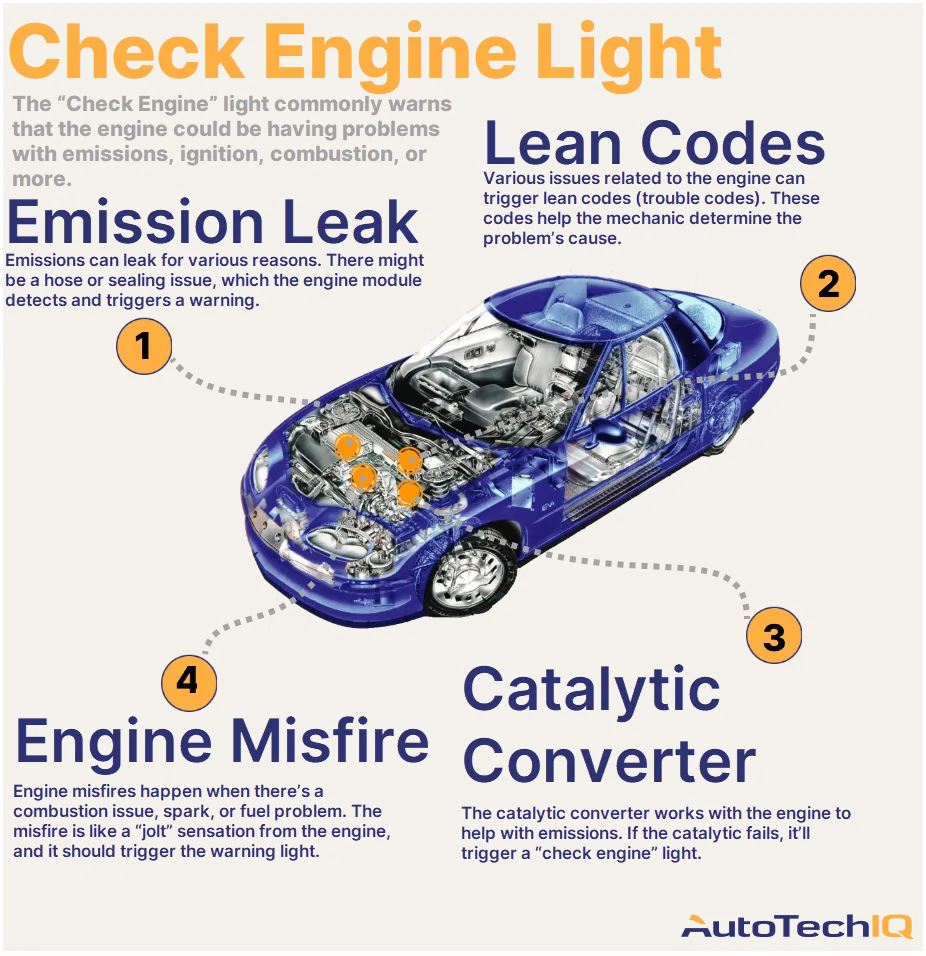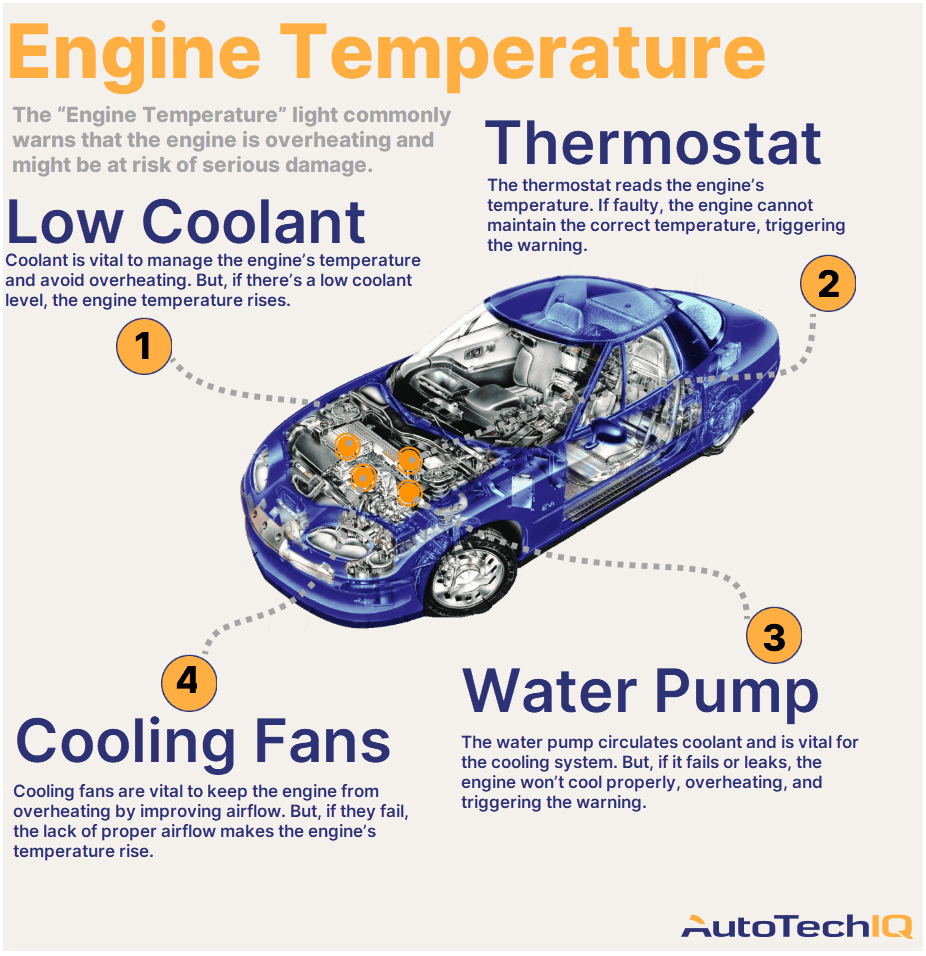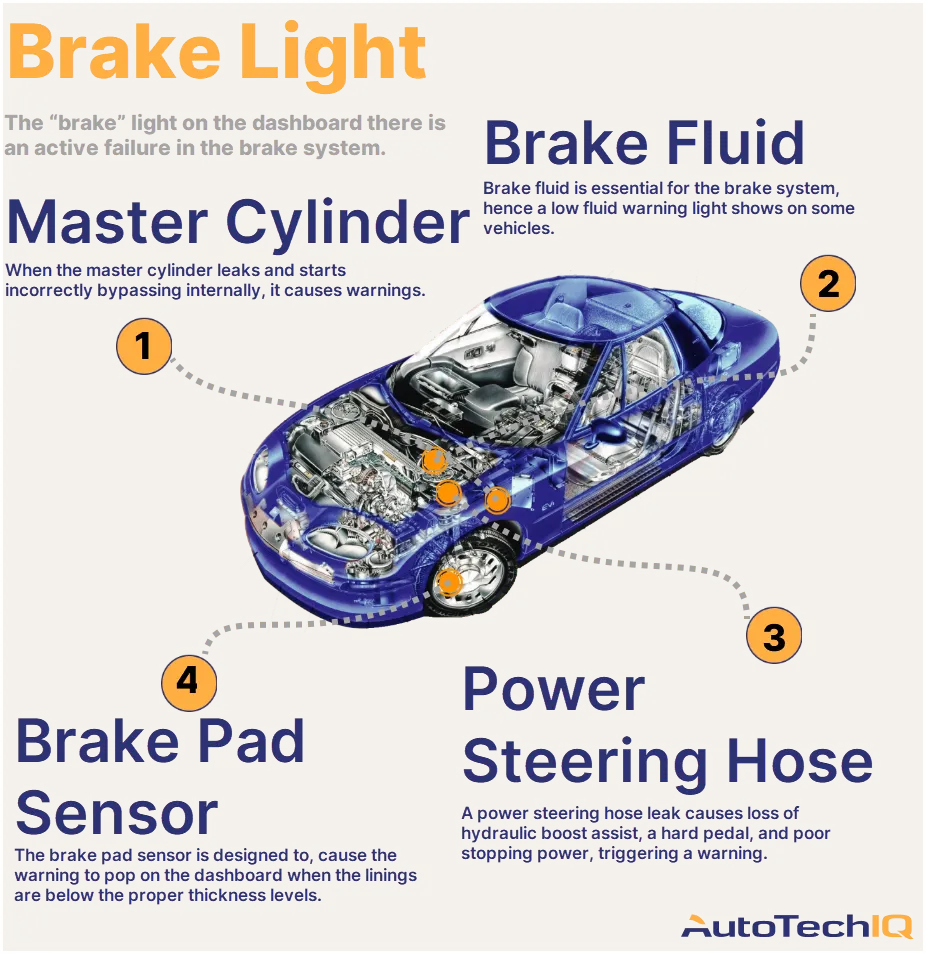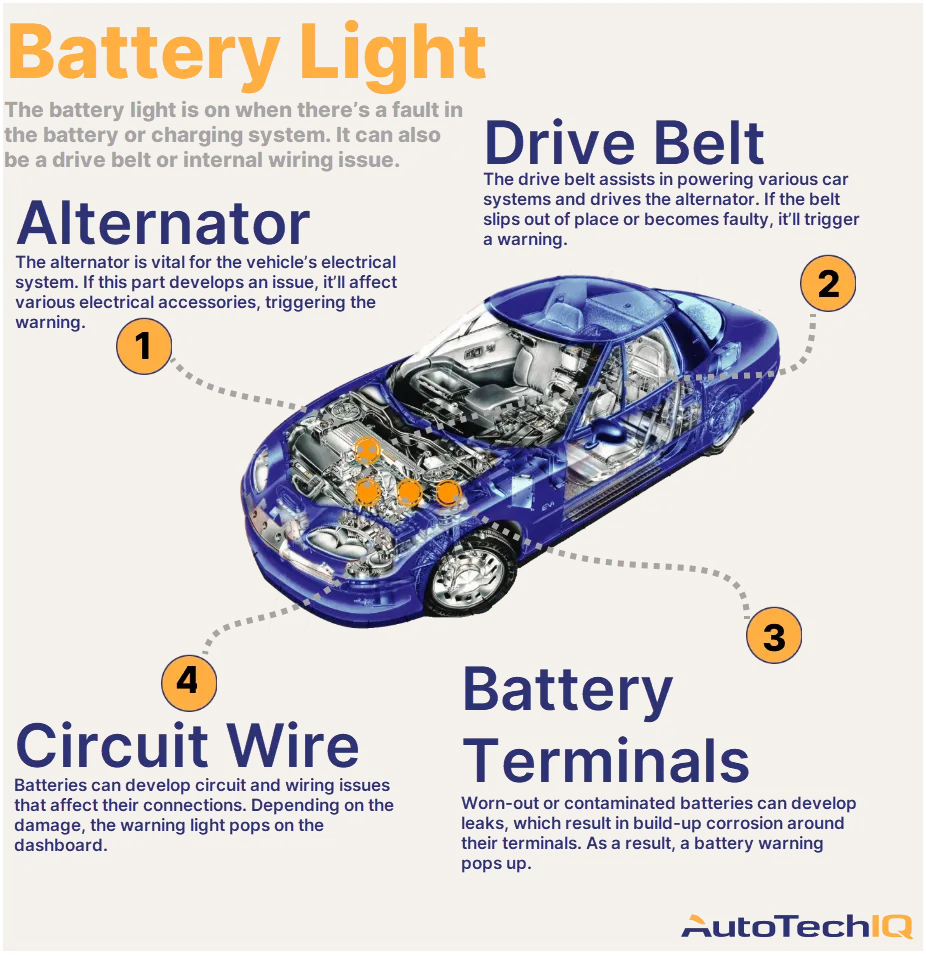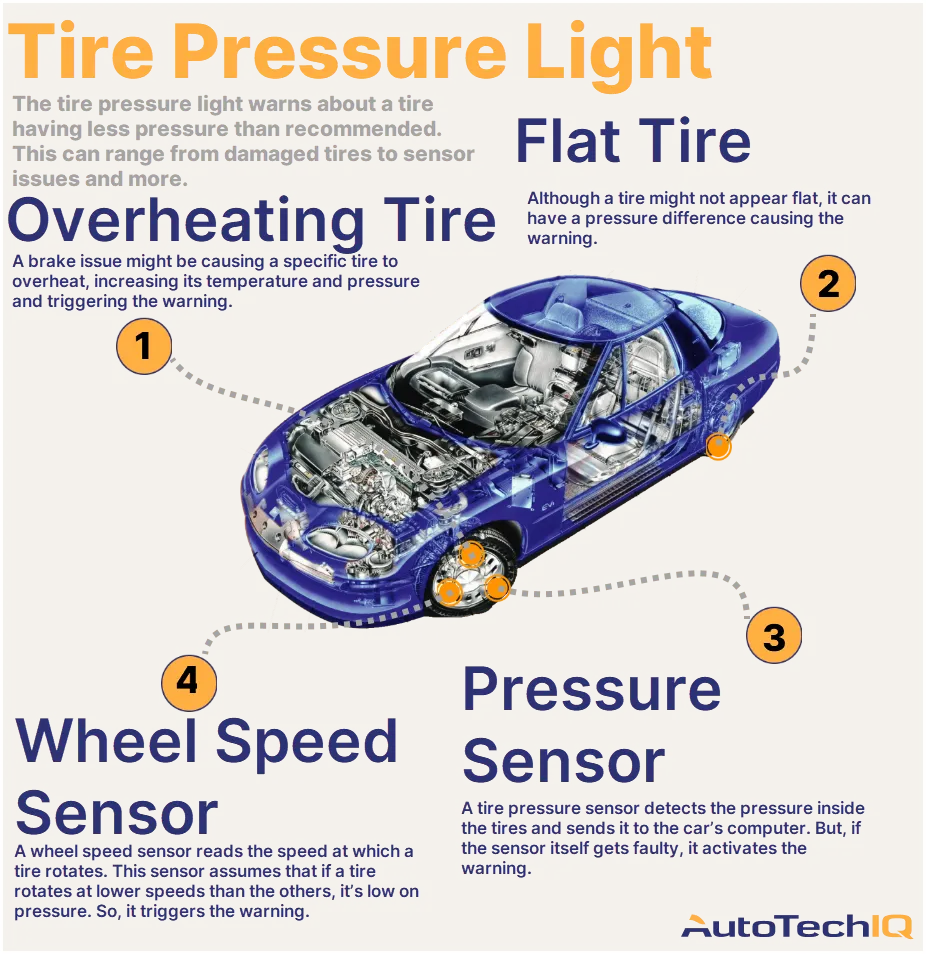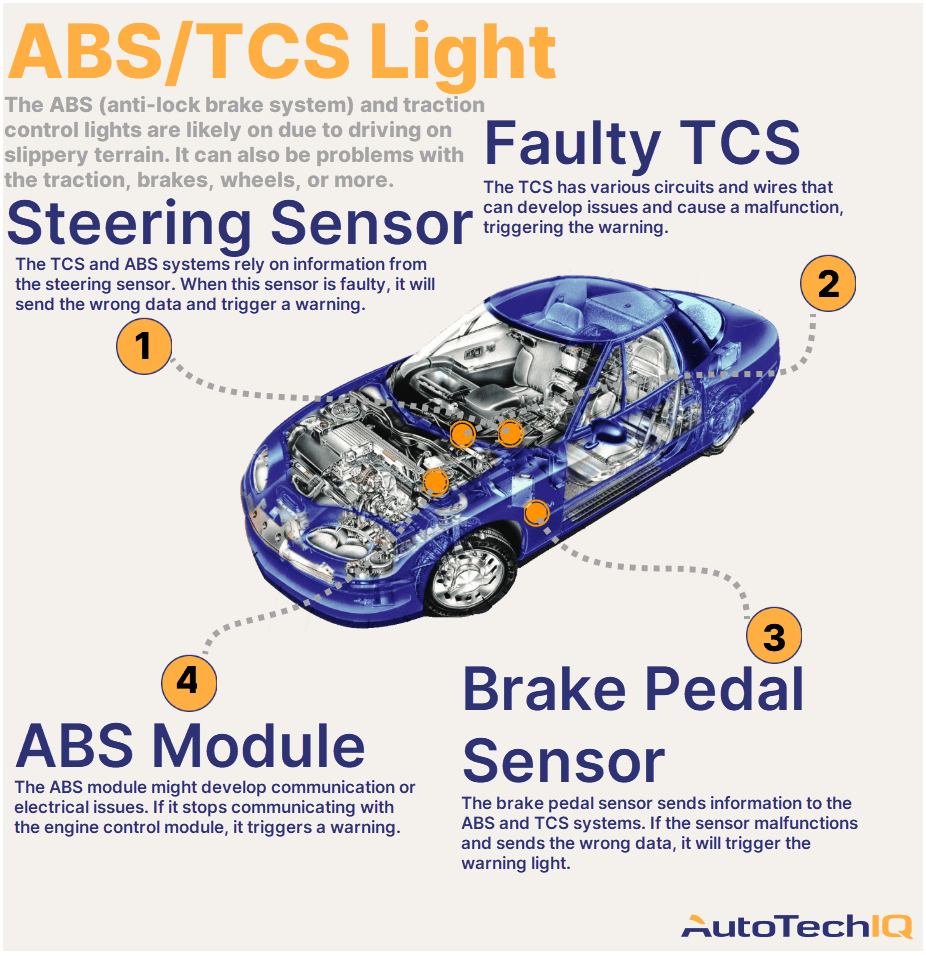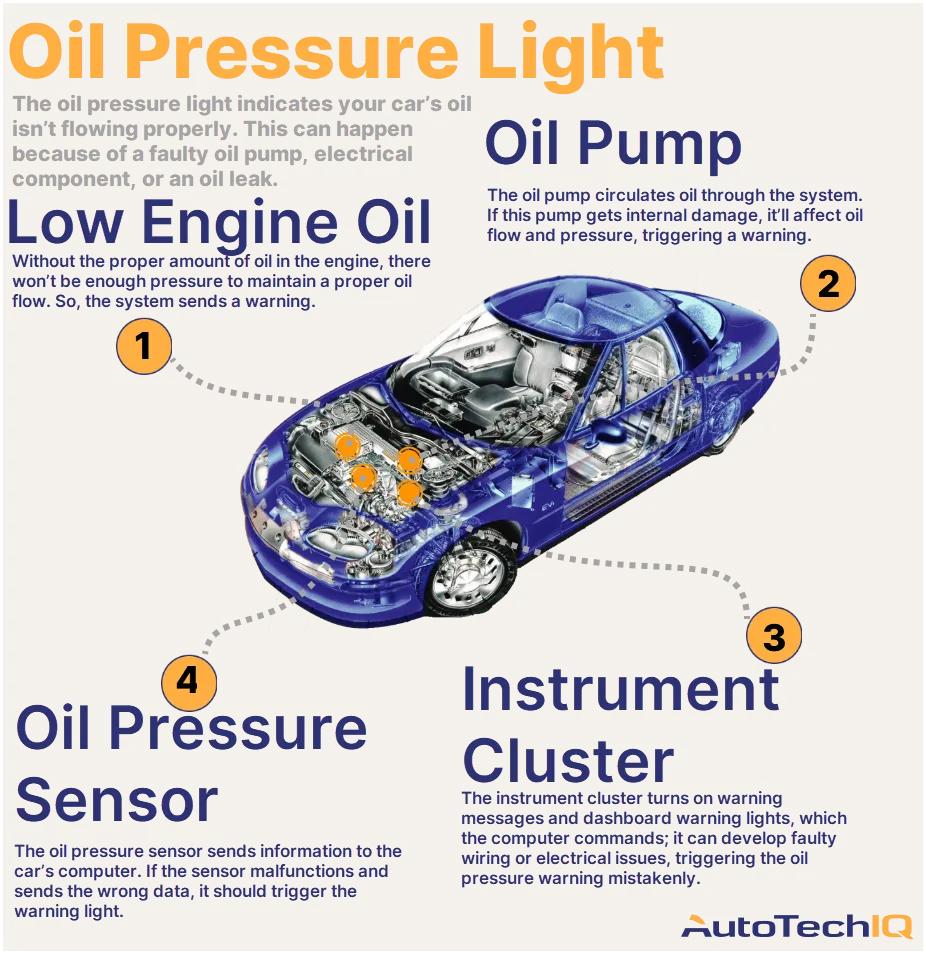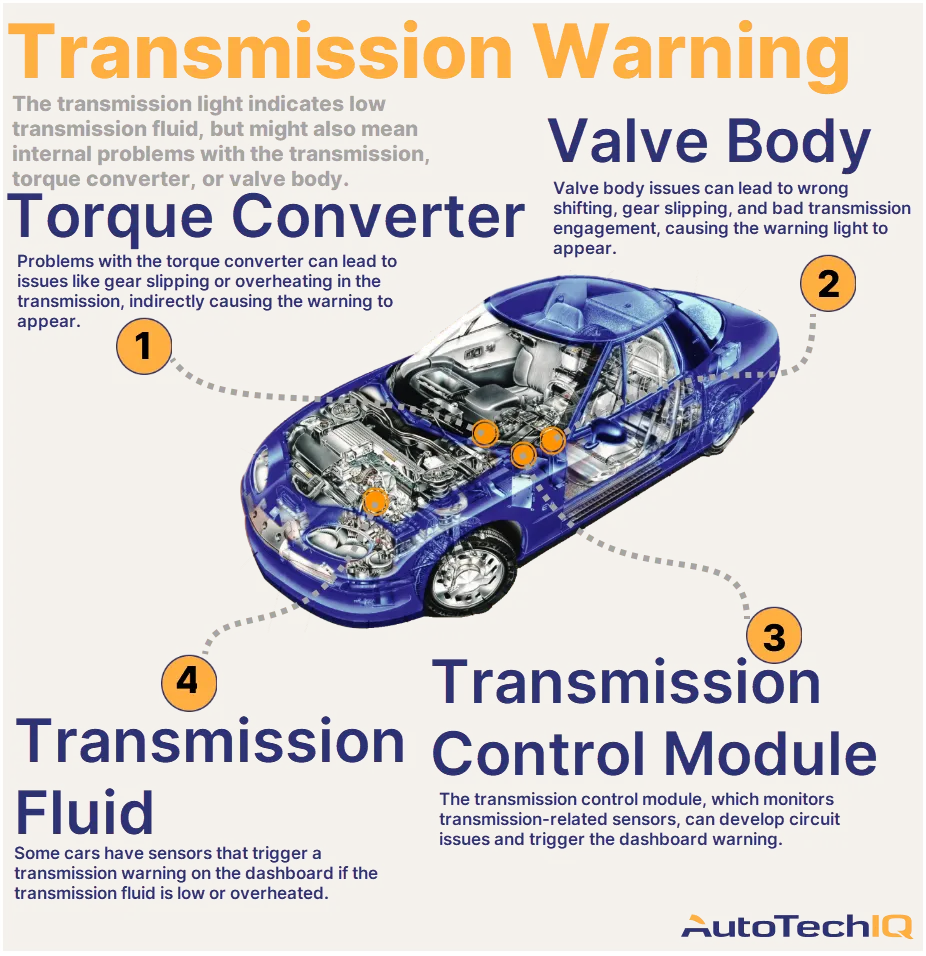Are you driving with the power steering light on? You shouldn't. The power steering system is vital for your car handling capacity; without it, you're risking your safety. Among other symptoms, you might notice an intermittent or complete loss of power steering assistance and humming or buzzing noises when turning the steering wheel. In addition, you might see a milkshake-like appearance on the steering fluid.
Is your car low on steering fluid? Low steering fluid can cause the power steering light to come on. Still, it's not recommended to believe it as the issue's leading factor since many other problems might surround it. Typically, low steering fluid causes the car to lose power steering assist and hum or buzz when making a curve. Additionally, if this issue involves steering fluid leaks, you might need to replenish it more frequently.
Is your car pulling to one side while moving? The power steering light comes on when there's an issue with your vehicle's steering assistance and handling; this can happen for many factors. Modern vehicles commonly have many driver assistance systems integrated with electronic power steering technology. As a result, newer cars have many fault codes and are prompt to issue warnings on the dashboard, indicating that the system requires testing.
If this light pops on your dashboard, pay attention to these other symptoms: irregular steering when driving straight, the vehicle pulling to one specific side, warning lights for ABS, and traction control.
Is your car's dashboard displaying an EPS light? EPS stands for Electronic Power Steering; if this system issues a warning light, there's something highly irregular on the vehicle's steering. In this case, trying anything on your car is not recommended. Instead, take it to the auto shop. If this is your vehicle's issue, you're likely noticing an intermittent or constant loss of steering assistance, noises from the steering column or below the driver's feet, and power loss when doing curves.
Are you noticing odd buzzing sounds from your car? Yes. A weak steering pump won't be able to run enough steering fluid in the vehicle's steering system. This issue might also imply that there can be more faulty parts in your vehicle. So, the best approach is to take it for an inspection. Typically, in this case, you might notice symptoms such as bad steering, buzzing noise from the car's underhood, squealing belt noises, and low fluid levels.
Is your car getting difficult to steer? The power steering light is just the messenger of a bigger issue. The power steering assist is a device that reduces steering effort. Do not risk driving while your car is in this state, for its steering system has underlying faulty components; there are substantial safety risks in doing so. Instead, note your car's symptoms, such as loss of power steering assistance, noises coming from the steering column or below the driver's seat, and difficulty making sharp turns at low speeds. Then, share them with an auto shop's service advisor.
